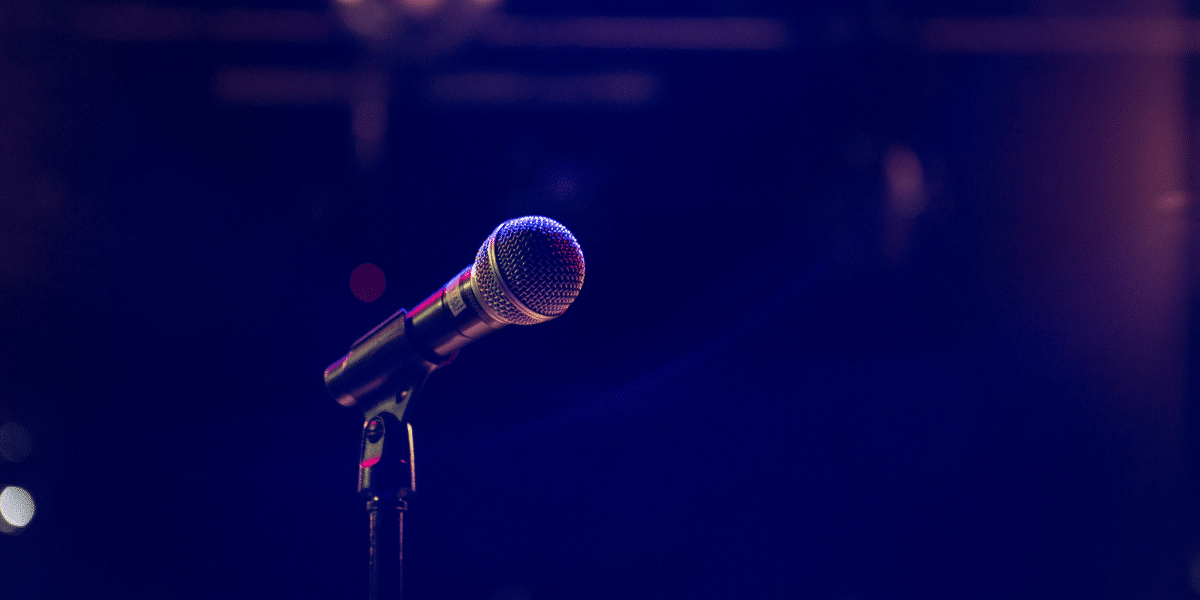Depending exclusively on the physical hospital, systems will not be a practical option in the near future. The continuous developments in in-home healthcare devices and services ease the pressure for the global healthcare system.
Technology is the sole partner of home healthcare in bringing efficient and technology-based devices. These tools are made not just to control the diseases effectively but, also to urge people to live an independent life.
Recently, in-home gadgets becomes widely popular even beyond geriatrics and homes for the aged. Customer is now ranging from other groups such as patients with chronic illness, children and people with diabetes.
Biosensors for Geriatric Health
Innovative technologies and gadgets have been integrating senior living industry (also known as the Geriatric Care Services). Thus, there are a lot devices available ensuring the health of senior citizens through blood pressure monitoring devices, oxygen therapy devices, patient temperature management devices, and cardiac monitoring and cardiac rhythm management (CRM) devices.
According to NBC, U.S. has a growing adoption of sensor technology particularly for the senior living. Through biosensor, patients living independently in the remote areas can be easily monitored without the inconveniences of actual hospital check-ups. Also, these devices can track health vitals and sleeping patterns allowing health workers and family members to make timely interventions.
Medical Device companies like ElderTech have seen the potential in this field and currently developing environmentally-embedded in-home sensors networks as they are relevant in discovering health changes of older people.
Portable Digital Devices for Heart Conditions
The field of cardiology is also tagging along in this paradigm shift and take advantage of the soaring technology in the increasing cases of cardiovascular disorders. Cardiac monitoring and cardiac rhythm management (CRM) device has been helpful in observing heart conditions of the outpatients. Furthermore, the need for ECG and cardiac monitors, Holter monitors, event monitors, and ILR (implantable loop recorder) is increasingly rising in home healthcare.
Eko, a cardiovascular care company has been capitalizing in home healthcare industry as they see the growing competition in the telemedicine business. Recently, they developed DUO—a palm sized device use as a digital stethoscope for cardiac patients at home. It can quickly review heart rhythms and sounds, allowing bedside analysis and remote care if necessary.
Upsurge Demand for Diabetes Devices
Managing diabetes at home is now convenient thanks to the rising infiltration of internet and smartphones and medical devices. Currently, there’s a wide options for diabetes devices offering quick and exact results. Due to its user friendly designs and the growing awareness of the population around the world projects an equally huge market for self-monitoring devices at home.
A major innovator in the advancement and functionality of miniature spectrometers—Avantes BV emphasize the need for non-invasive diabetes diagnosis and monitoring. In a recent research article they reviewed and sponsored, it was mention that detecting and treating diabetes is accompanied by constant glucose monitoring and maintenance. However, the existing diagnostic standards and therapies were immensely invasive. Making it difficult to manage outside the hospital facility.
In another light, the advancement in medical devices enabled easy and non-invasive blood glucose monitoring and diabetes testing. This innovations promise a convenient and user-friendly insulin self-administration devices.
Diabetes patients around the world are living a less complicated life through Wearable Technology. It allows them to manage their condition without personally going to the doctor’s clinic. Apparently, smartwatches are setting great potential for needle-less glucose monitoring with time. For instance, Apple Inc. is reportedly developing monitoring sensors for blood sugar levels and other vital health statistics. In this way, the usual personal devices can be used as a sensor for regular blood sugar monitoring of people with diabetes at the most comfortable place—their home.
Conclusion
More and more companies are looking to devise technologies that can replace human services with digital home healthcare assistants. Also, researchers are hoping that the companion online apps will shoot upwards response to clients’ needs, keeping caregivers on the loop, and effectively streamline alerts, reminders, and functions.








